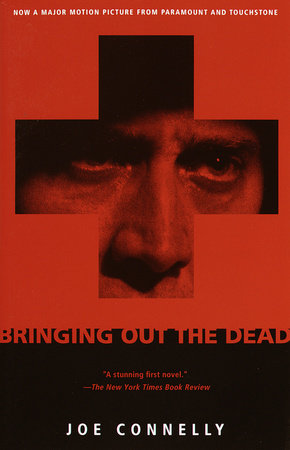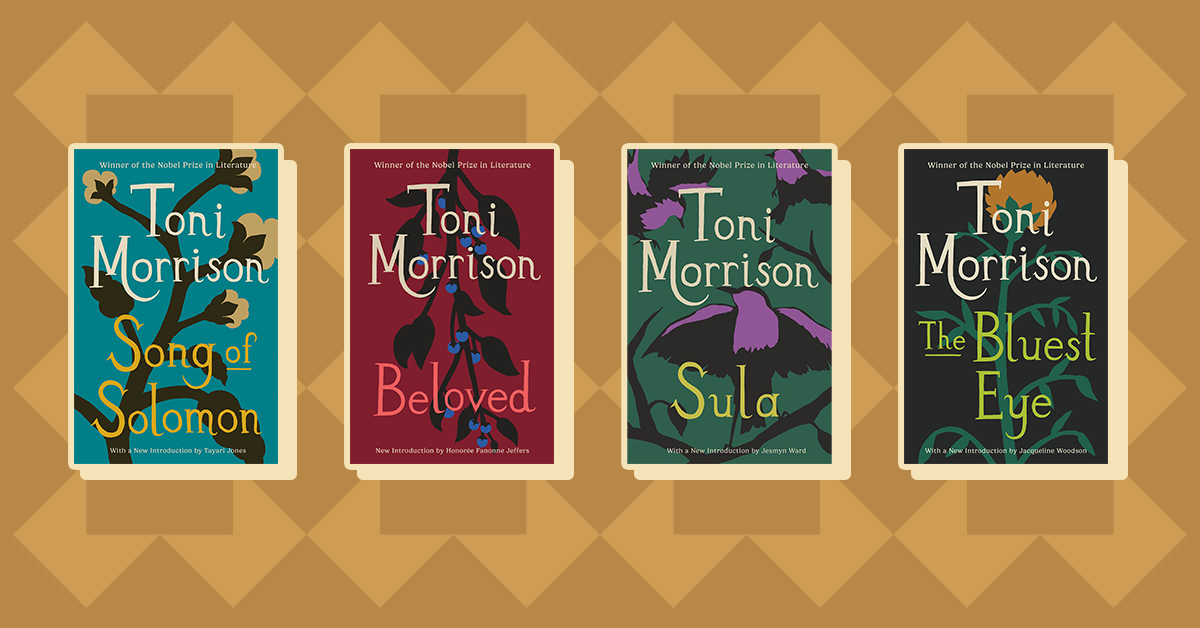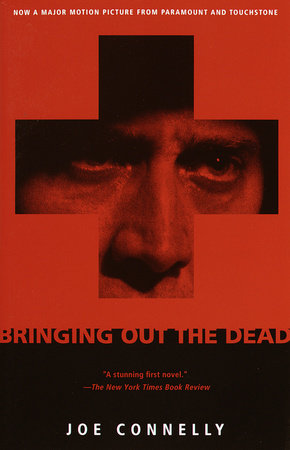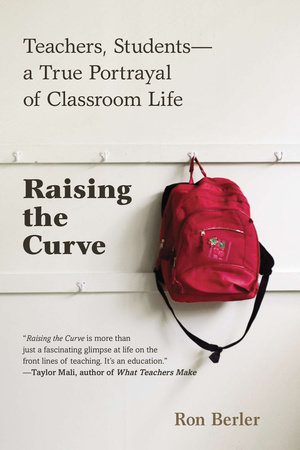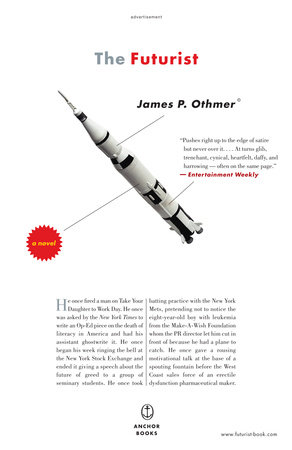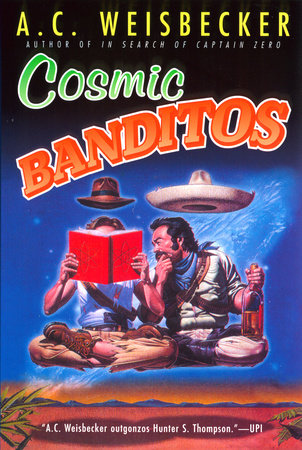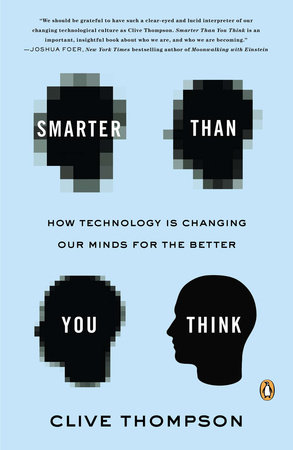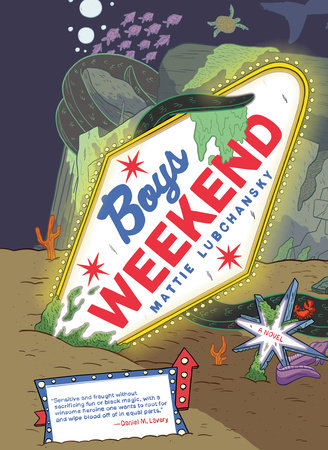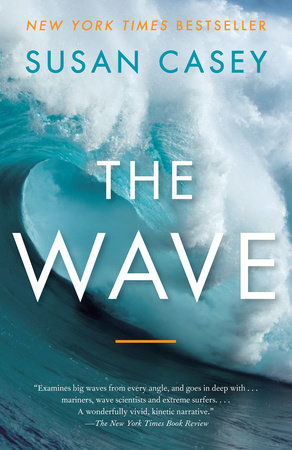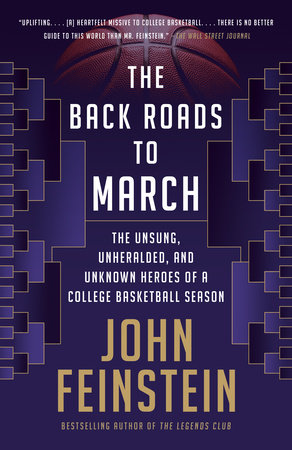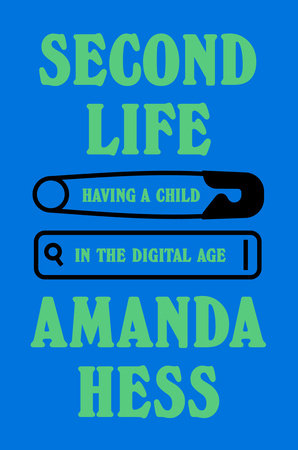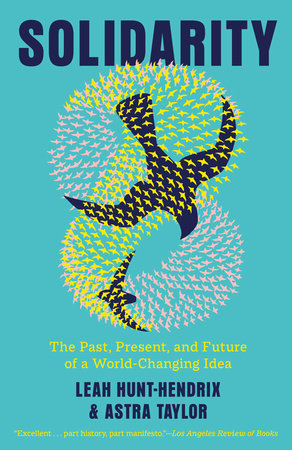"What propels Bringing Out the Dead is . . . the vigorous rythyms of Connelly’s writing– the poetry of broken bodies and broken lives, of swollen blue limbs . . . of dead brain cells ‘expolding like sap in a fire’. . . . A stunning first novel."
—The New York Times Book Review
"Hauntingly evocative, as lyrical as it is harrowing. . . . It does for ambulances what Taxi Driver did for yellow cabs."
—Newsday
"A knock-down spectacular first novel. . . . Connelly was a New York City medic for 9 years, and his firsthand experience is apparent."
—GQ
"Martin Scorsese is adapting Bringing Out the Dead, but if you’re smart you won’t wait for the film."
—Details
"The author weaves his way through his first work with absolute confidence and an assured style that is at once immediate and reflective. It is also exactly right; the harsh, staccato rhythm allows Connelly to capture the frenzied pace and the raw, unpolished drama with an inflection that always sounds real, never forced . . . "
—Washington Post Book World
"We never doubt the authenticity of every detail . . . This nightmarish yet immensely satisfying and authentic novel . . . depicts the world of a young, sometimes idealistic ambulance driver who is haunted by his patients who won’t die and ghosts who won’t live."
—San Francisco Chronicle
"Connelly could make an accident report read like a song. This is a terrific piece of work."
—The Boston Globe
"Joe Connelly’s Bringing Out the Dead is a work of the literary art that charts with compelling power the unraveling of a young man, a paramedic, who nightly has to handle the most desperate and extreme human disasters in Manhattan: the Hell’s Kitchen casualties. The author’s control of his explosive material is masterly. This is strong stuff, full of heart, engaging, harrowing, and real."
–Patrick McGrath
"Each of these 19 thrilling chapters opens with a single insightful vignette that further highlights the unusual world of paramedics. Highly recommended for all collections."
—Library Journal
"THE BAD NEWS? Emergency medicine is every bit as scary as you think. The good news? It makes for a damn fine read."
—Maxim
"Every now and then a slice-of-life novel comes along, and people take notice –a murmur can be heard across the land. Heller’s Catch-22 was such a novel; so was Keysey’s One Flew Over the Cuckoo’s Nest. Connelly’s novel about an EMS medic, Frank Pierce, who works the streets of Hell’s Kitchen, may well be the next shining star."
—Booklist
"The breakneck, adrenalized eneregy of Brining Out the Dead may jumpstart a few people’s hearts, and its unflinching portrayal of the discarded, disenfranchised and depraved may break a few."
—The Detroit Free Press
"’Wrenched from today’s headlines’ is a line used to promote books and movies. But Joe Connelly’s Bringing Out the Dead is wrenched from stories that don’t make even back page fillers, the nightly harvest of depravity, carnage, havoc that is the work load of a paramedic assigned a shift in Hell’s Kitchen."
—The Denver Post
